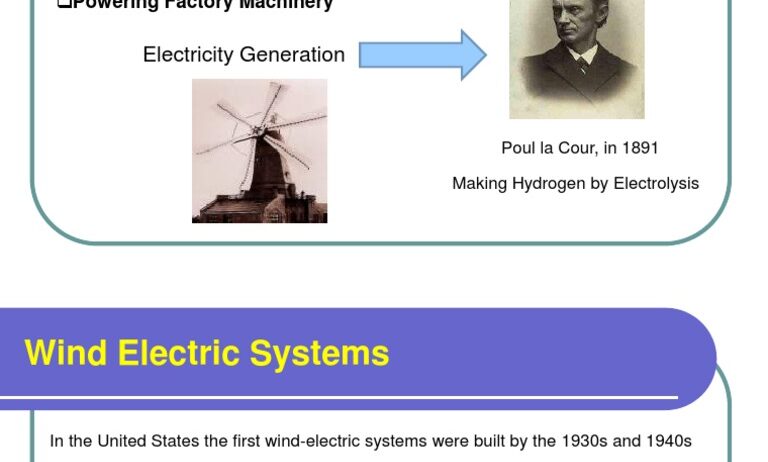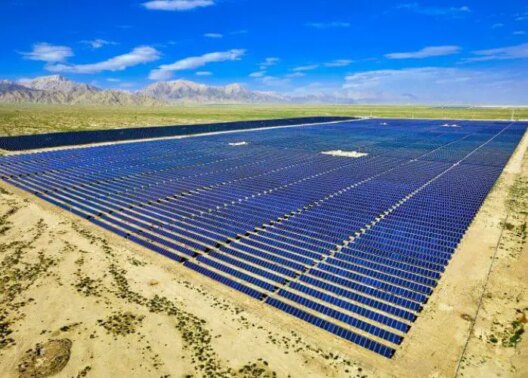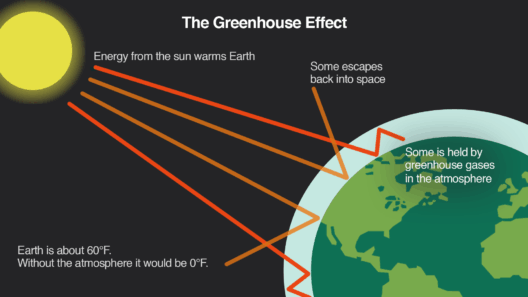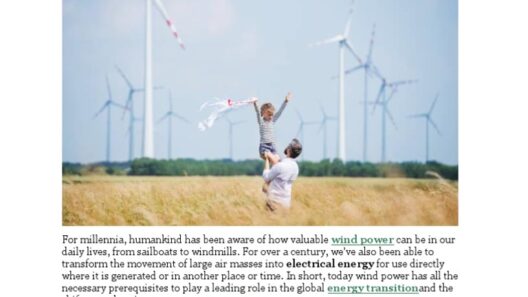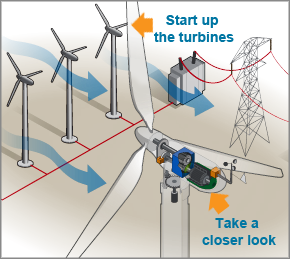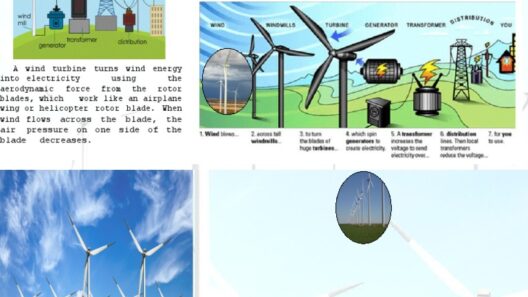Wind energy is often hailed as one of the cleanest forms of renewable energy available today. However, its roots reach deep into the annals of history. From ancient civilizations harnessing the wind to modern-day turbines generating electricity, the evolution of wind power reveals not only technological advancements but also changes in societal attitudes toward sustainable energy. This article delves into the comprehensive timeline of wind energy development, examining pivotal moments that shaped its trajectory.
Understanding the inception of wind energy requires a glance back at the early human ingenuity. Wind has been a part of human life since time immemorial, utilized for various applications ranging from sailing to milling grain. This section explores the earliest historical applications of wind power.
Ancient Applications of Wind Power
The earliest recorded use of wind as an energy source can be traced back to ancient Persia around 500-900 AD. Ingenious architects designed vertical-axis windmills, known as “windcatchers,” to capture the wind and ventilate homes. These structures, often found in arid regions, demonstrated a remarkable understanding of aerodynamics and architecture, allowing inhabitants to harness wind energy for cooling purposes without electricity.
Simultaneously, in Europe, the inhabitants of the Netherlands developed similar technology. By the 12th century, traditional horizontal-axis windmills emerged, primarily designed for milling grain and pumping water. These windmills were integral to agricultural practices, significantly enhancing food production capabilities. Early designs incorporated large, fabric sails, capturing the wind’s kinetic energy to convert it into mechanical power.
The leap from these archaic applications to modern wind power technology was gradual, yet certain innovations marked significant turning points in this transition. Let’s examine some of these key advancements.
Pivotal Innovations in Wind Energy Technology
As society progressed into the Industrial Revolution in the 18th and 19th centuries, the technological landscape experienced profound changes. It was during this era that wind energy began to capture the attention of inventors and entrepreneurs alike. The advent of industrial machinery fueled the need for more efficient energy sources.
In the late 1800s, inventiveness began to reshape wind power systems. Inventors like Charles F. Brush in the United States created one of the first wind turbines designed to generate electricity, a breakthrough that opened the door to integrating wind energy into the electrical grid. Brush’s 1888 wind turbine produced around 12 kW of electricity and featured a wooden tower—a feat that heralded the dawn of the electrical era.
Additionally, the early 20th century bore witness to increased interest in wind power, especially in rural regions. As electricity became a commodity, many farmers turned to wind turbines to power their homes and farms, particularly in places lacking access to centralized electrical infrastructure. These small-scale applications allowed for energy independence while facilitating a sense of self-sufficiency during a transformative period.
The Modern Wind Energy Revolution
The mid-20th century marked a renaissance in wind energy technology driven by escalating oil prices and the growing awareness of environmental issues. The 1973 oil crisis catalyzed a renewed interest in renewable energies, including wind power. Researchers and engineers began to view wind energy as a viable alternative to fossil fuels, sparking significant government investments in development and research.
By the 1980s, advancements in technology had led to the creation of larger and more efficient wind turbines. The introduction of computer-aided design (CAD) allowed for enhanced aerodynamics and structural integrity, stability, and efficiency. Companies such as Siemens and General Electric began mass-producing wind turbines, thus reducing costs and making wind energy more accessible.
The 1990s and early 2000s saw the establishment of extensive wind farms, primarily in the United States and Europe. Wind power began to carve out its niche in the renewable energy landscape, driven by governmental incentives and an increasing emphasis on sustainable energy sources. Over these decades, technological improvements and engineering innovations propelled wind energy from a niche market to a major player in the global energy portfolio.
The Landscape of Wind Energy Today
As of today, wind energy is one of the fastest-growing sectors in the renewable energy domain. Reports indicate an exponential increase in installed capacity worldwide, with countries like Denmark, Germany, and China leading the charge in harnessing wind resources. Advances in turbine technology have led to the development of massive offshore wind farms capable of generating megawatts of electricity, enabling the transition from localized installations to large-scale renewable energy production.
Global climate change discussions have further revitalized interest in wind energy. Policymakers and environmentalists advocate for the reduction of greenhouse gas emissions, positioning wind energy as a cornerstone for achieving climate goals. Innovations in energy storage and grid integration also promise a brighter and more sustainable future for wind energy, allowing for more reliable and efficient power distribution.
In conclusion, the history of wind energy encapsulates a journey of human innovation and resilience. From ancient windcatchers to today’s towering turbines, the development of wind power is profoundly intertwined with humanity’s quest for sustainability. As we continue to grapple with environmental challenges, the legacy of wind energy remains a testament to our capacity for adaptation and progress in harnessing natural resources responsibly.



